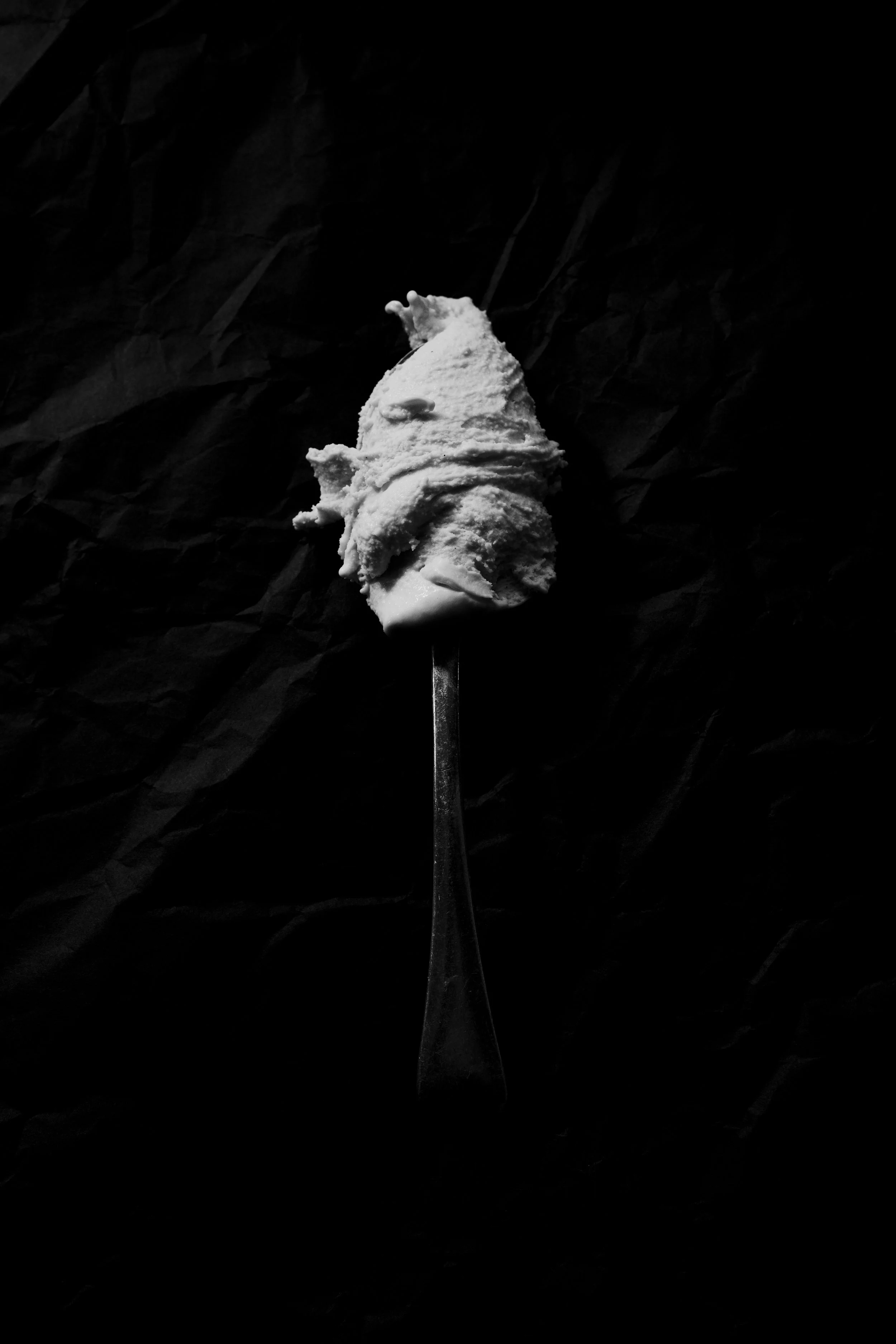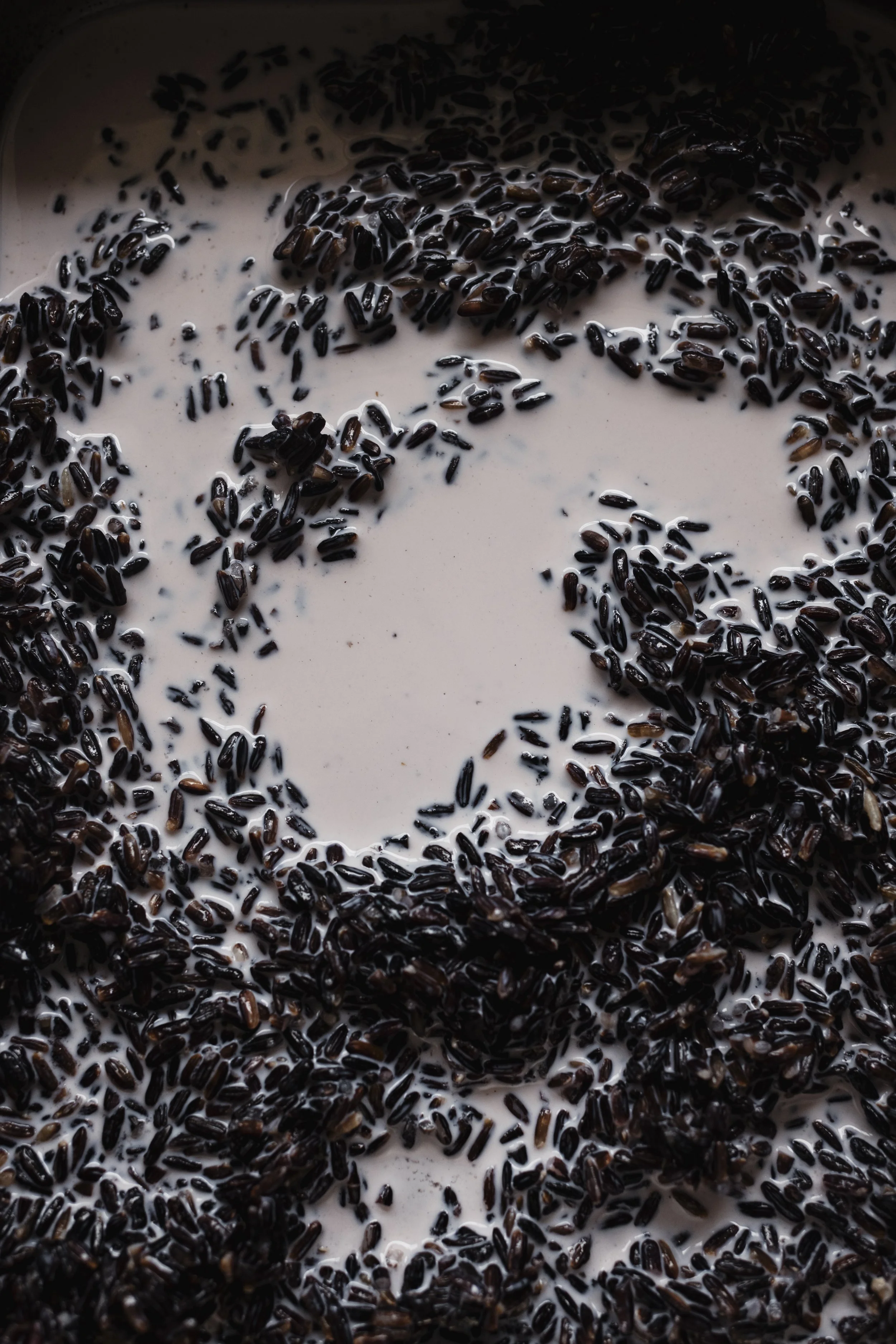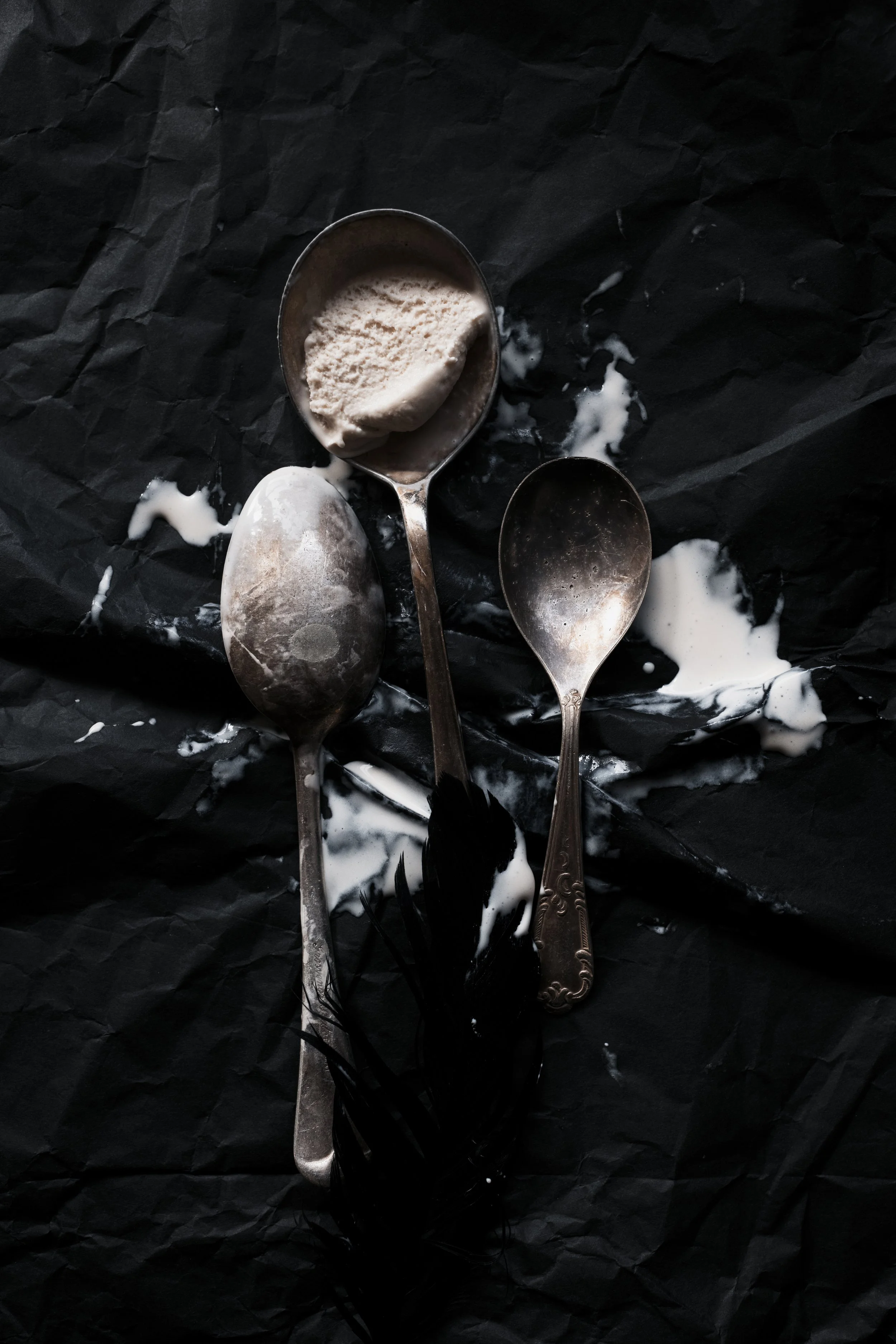What, for you, is the association of black and dreaming?
Black has depth. It’s like a little egress; you can go into it, and because it keeps on continuing to be dark, the mind kicks in, and a lot of things that are going on in there become manifest. And you start seeing what you’re afraid of. You start seeing what you love, and it becomes like a dream.
—David Lynch, Lynch on Lynch, edited by Chris Rodley
Do you remember where it began? The start of appetite and what it did. Then, we were not in a position to magnify each other’s light, instead, we did it with darkness. I said, what brought us together will pull us apart. The call, the dawn, the summoning spark is the strongest charge. It grew from a filament on the wall to illuminate the rose-depressed ceiling and I watched it motionless from my position below. The eye follows the light and will forget the rest, but let just enough in to still see His face. And do you know how it ends? It was over when I woke up. I went on, I called it a dream, and didn’t let it mean anything.
BLACK RICE ICE CREAM
To infiltrate matter, it must be done slowly. I do it overnight. Here, the black rice grains sink into the milk, disappearing at once, if only to rise to the surface all soft, soaked, and swollen in the morning. Forget the process, the end result is what counts most—a vanillin redolent ice cream that’s tinged a sweet lilac-shade of sadness. It’s difficult to anticipate how much liquid will be absorbed during the steep. Loss is inevitable for the creation of depth, and calcification is unique. Keep enough on hand to replenish.
2/3 cup (130 g) black glutinous rice, 1 ¼ cups (300 ml) whole milk (plus more), 2 cups (480 ml) heavy cream, 5 large egg yolks, ¾ cup (150 g) granulated sugar, 1 teaspoon vanilla extract
Pre-heat the oven to 180°C (350°F). Evenly scatter the black rice over a lined baking sheet. Toast in the oven for 10 to 15 minutes, agitating every 5 minutes or so, until fragrant. Remove, and immediately tip the warmed grains into a deep dish. Pour in the milk and stir to combine. Cover, then transfer to the refrigerator to slowly steep and release for at least 6 hours or overnight.
Pour the milk mixture through a fine-mesh sieve into a medium saucepan, pressing on the backs of the slightly-softened rice to release any juices. Discard the grains. Re-weigh the tinged liquid. You will have lost a little, so add in enough additional milk to replenish it back to the total amount called for (300 ml 1 ¼ cups). Add in the cream, then set the pan over the stove. Bring to a simmer over medium heat.
Meanwhile, whisk together the egg yolks, sugar, and vanilla extract in a heatproof bowl. Ladle a stream of the hot liquid into the yolks, whisking as it’s added to acclimatize them to the heat. Slip in another ladle, whisk well, then pour it all back into the pan. Continue to heat, stirring slowly and constantly, until the mixture is thick enough to coat the back of a spoon, about 4 to 6 minutes. If you have a thermometer it should fall within an optimal temperature range of 77ºC to 82 ºC (170ºF to 180 ºF). Immediately strain into a large heatproof bowl, then cover the surface with plastic wrap to prevent a skin from forming. Chill until completely cold, 8 hours, but preferably overnight.
When you’re ready to churn, place a container or aluminum loaf pan into the freezer. Pour the chilled base into an ice cream machine and churn according to the manufacturer’s instructions. It should be thick, ribboned, and voluminous when done. Extract into the par-frozen container, and cover tightly with aluminum foil. Freeze until just firm, before serving. It’ll keep, covered, in the coldest part of the freezer for about a week.





